Description
Feed lysine
On an industrial scale, it is obtained from caprolactam. Lysine usually occurs as a white powder. It is stable and resistant to high temperatures, which makes it useful in the feed and food industry, especially as a dietary supplement. Lysine is key to protein synthesis, making it an important ingredient in animal husbandry and food production.
| Physical and chemical characteristics | Value |
|---|---|
| Analysis | Min 98,5% |
| Heavy metals | Max 30 ppm |
| Arsenic | Max 2 ppm |
The shelf life of lysine is 2 years. The product should be stored in a dry and cool place.
In the food industry, it is added to functional products to increase their nutritional value. Lysine is also used in cosmetics, where it is valued for its moisturizing and skin regenerating properties.
Feed lysine can be an important ingredient in animal nutrition. This product is added to feed premixes to maintain the desired level of lysine, which may be insufficient in other protein sources such as soybean meal and corn. Lysine is added to rations for poultry, dairy cows, pigs and fish.
In the pharmaceutical industry, lysine is used to produce drugs, especially those that support metabolism and the immune system.
In agriculture, it can be used as an additive to fertilizers, supporting plant growth and improving their nutritional value.


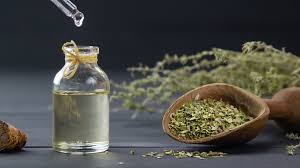
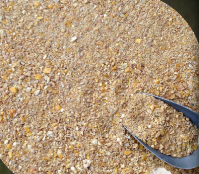
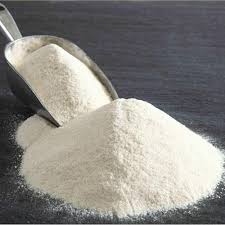
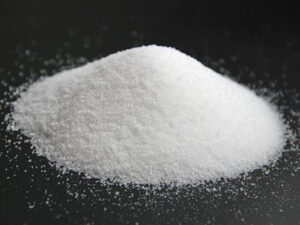
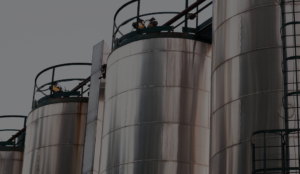



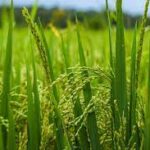


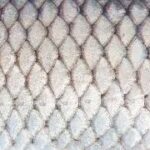

Reviews
There are no reviews yet.